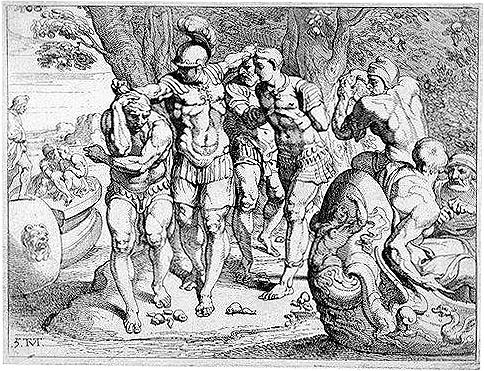Over the last few decades, medicine has witnessed a sea change in attitudes toward chronic pain, and particularly toward opioids. While these changes were intended to bring relief to many, they have also fed an epidemic of prescription opioid and heroin abuse.
Curbing abuse is a challenge spilling over into the 2016 political campaigns. Amid calls for better addiction treatment and prescription monitoring, it might be time for doctors to rethink how to treat chronic pain.
Ancient Roots, Modern Challenges
A class of drugs that includes morphine and hydrocodone, opioids get their name from opium, Greek for “poppy juice,” the source from which they are extracted.
In fact, one of the earliest accounts of narcotic addiction is found in Homer’s “Odyssey.” One of the first places Odysseus and his beleaguered crew land on their voyage home from Troy is the land of the Lotus-Eaters. Some of his men eat of the Lotus, lapsing into somnolent apathy. Soon the listless addicts care for nothing but the drug and weep bitterly when Odysseus forces them back to their ships.






